Tulum Vs Cancun: 17 Reasons Travelers Are Choosing One Over The Other
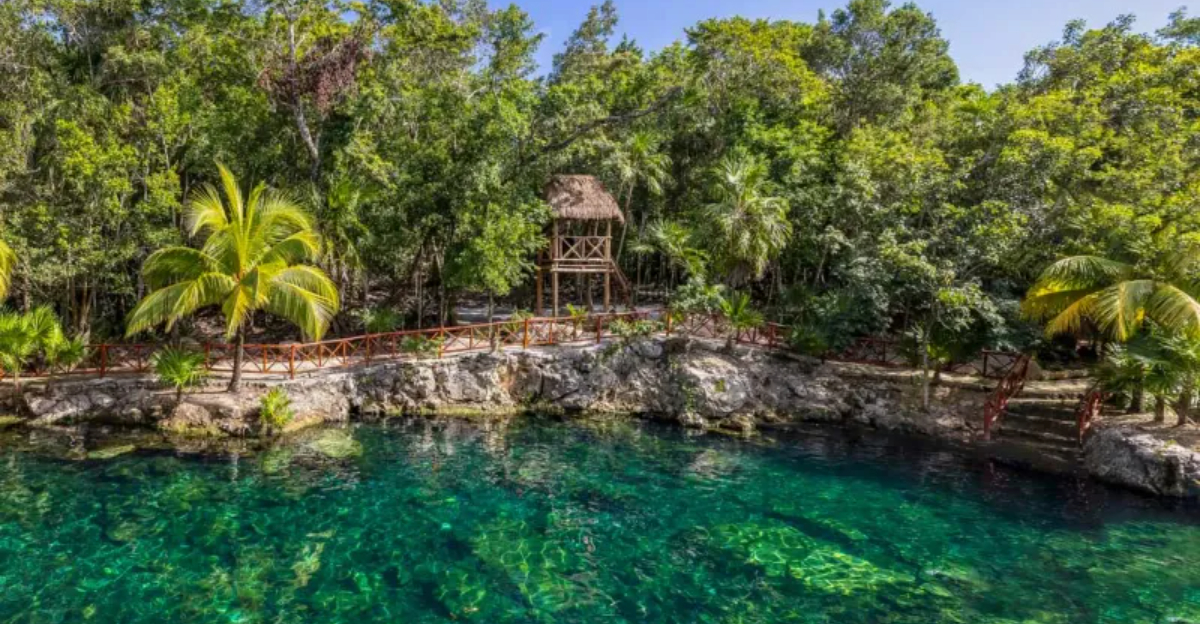
Mexico’s Caribbean coast offers two vastly different vacation experiences that attract millions of travelers each year. Cancun delivers mega-resorts, nightclubs, and all-inclusive luxury, while Tulum beckons with bohemian vibes, eco-chic hotels, and ancient ruins.
As travelers increasingly weigh their options between these popular destinations, understanding their key differences helps vacation-planners make the perfect choice.
1. Beach Atmosphere And Vibe
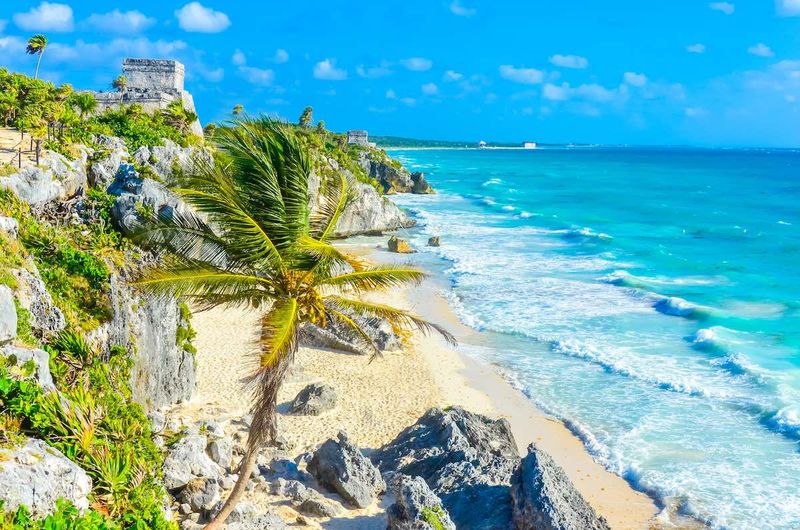
White sand stretches as far as the eye can see, but the atmosphere couldn’t be more different between these coastal neighbors. Cancun buzzes with activity, volleyball games, and beach vendors selling everything imaginable.
Tulum offers a more laid-back experience with fewer crowds and a bohemian energy that attracts yoga enthusiasts and those seeking tranquility.
2. Water Quality And Seaweed Levels

Crystal clear turquoise waters aren’t guaranteed year-round at either location. The seaweed situation varies seasonally, with summer months typically bringing more sargassum to both shorelines.
Cancun tends to have better resources for seaweed removal, with large hotels maintaining their beaches meticulously. Tulum’s beaches sometimes struggle more with accumulation during heavy seaweed seasons.
3. Access To Nature And Eco-Parks

Natural wonders abound just beyond the hotel zones in both regions. Cancun offers easy access to well-developed eco-parks like Xcaret and Xel-Há, where nature meets convenience with organized activities.
Tulum sits closer to the Sian Ka’an Biosphere Reserve, providing more authentic jungle experiences and untouched natural areas for the eco-conscious traveler seeking raw wilderness.
4. Resort Vs. Boutique Hotel Options

Towering all-inclusive complexes dominate the skyline with multiple pools, swim-up bars, and endless amenities. Cancun specializes in these mega-resorts where everything you need is contained within one property.
Tulum’s accommodations trend toward intimate boutique hotels, often eco-conscious with fewer than 20 rooms. Many feature open-air designs that blur the line between indoors and nature.
5. Overall Cost Of Stay

Budget-conscious travelers often find surprising value in unexpected places. Cancun’s all-inclusive resorts can actually work out cheaper when total vacation costs are calculated, especially for those who enjoy unlimited food and drinks.
Tulum has developed a reputation for premium pricing, with simple accommodations often costing more than luxury options in Cancun. Food and transportation expenses also tend to add up quickly in Tulum.
6. All-Inclusive Vs. A La Carte Experiences
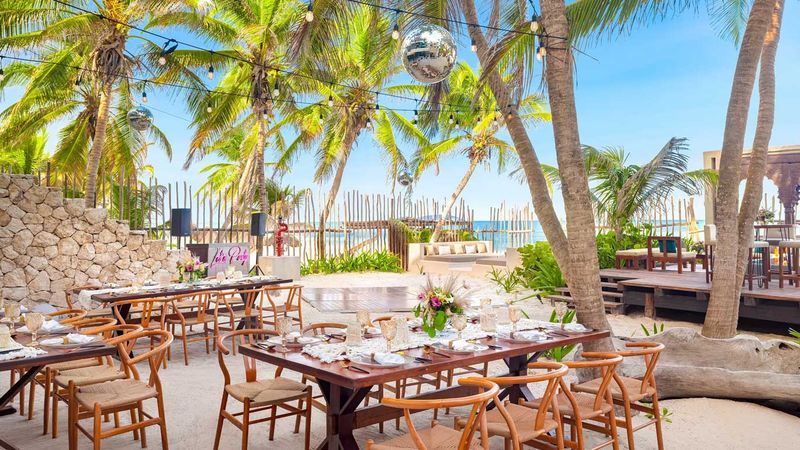
Wristbands unlock a world of unlimited food, drinks, and activities without ever reaching for your wallet. Cancun pioneered this vacation style, with roughly 70% of its accommodations offering all-inclusive packages.
Tulum embraces the opposite approach, encouraging visitors to explore different restaurants, beach clubs, and experiences. Most hotels provide breakfast only, pushing guests to discover local eateries and hidden gems.
7. Variety And Quality Of Restaurants
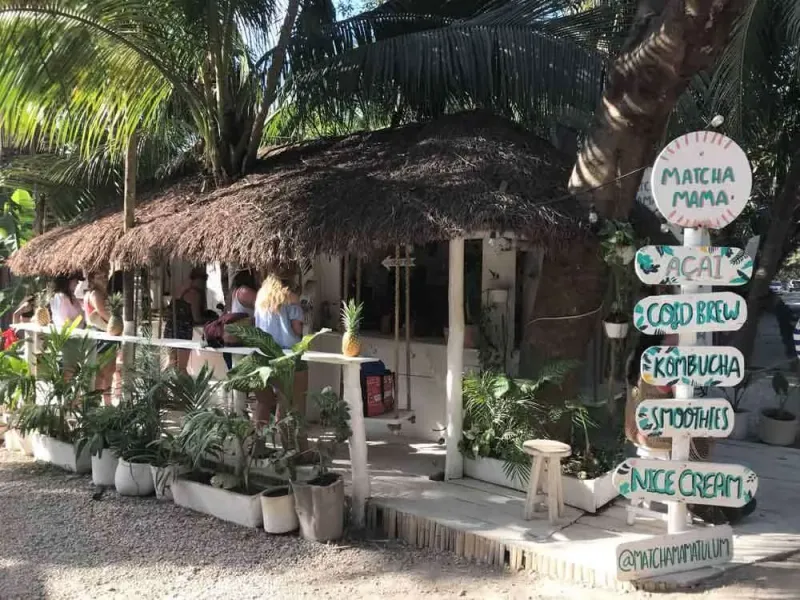
Culinary adventures await food enthusiasts at both destinations, though with distinctly different flavors. Cancun offers international chain restaurants, Mexican tourist favorites, and high-end dining within hotels.
Tulum has emerged as a foodie paradise with chef-driven concepts and farm-to-table restaurants. Many establishments feature creative fusion cuisines that blend Mexican traditions with international techniques in jungle or beachfront settings.
8. Local Food Vs. International Options

Familiar flavors from home remain easily accessible for those seeking comfort during their vacation. Cancun caters heavily to international palates with American chains and globally-recognized restaurants throughout the Hotel Zone.
Tulum leans more toward authentic Mexican cuisine with modern twists. While international options exist, they typically incorporate local ingredients and techniques rather than replicating foreign dishes exactly.
9. Street Food Culture And Accessibility
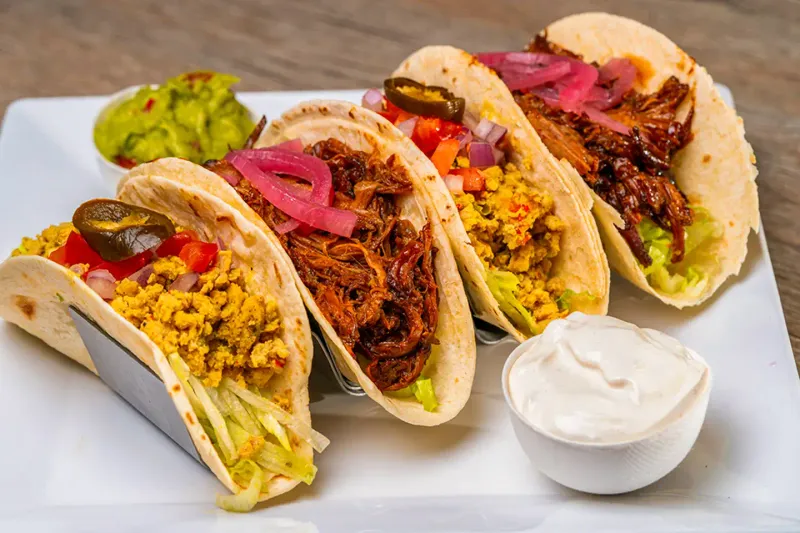
Mouthwatering aromas waft through certain neighborhoods, drawing hungry travelers away from tourist zones. Finding authentic street food requires venturing into downtown areas away from Cancun’s Hotel Zone, where locals enjoy tacos, elotes, and marquesitas.
Tulum’s street food scene is more integrated with tourist areas, particularly along the pueblo’s main street where food carts and small family operations serve affordable, authentic dishes.
10. Club Scene And Party Culture

Pulsating beats and flashing lights draw night owls to world-famous venues where the party doesn’t stop until sunrise. Cancun’s nightlife is legendary, with massive clubs like Coco Bongo putting on Vegas-style shows and hosting thousands of revelers nightly.
Tulum offers a more bohemian nightlife centered around beach parties, jungle raves, and sophisticated cocktail bars with DJ sets rather than mainstream clubbing experiences.
11. Live Music, Beach Bars, And Chill Spots

Gentle sea breezes carry melodies across the sand as the sun sets on another perfect day. Cancun’s chill-out options tend to be concentrated within resorts, with some notable exceptions like Mandala Beach Club offering a more relaxed alternative to clubbing.
Tulum excels in this category with countless beach bars featuring live acoustic sets, DJ sessions, and bohemian vibes. Many venues incorporate sustainable designs with natural materials.
12. Cultural And Historical Sites
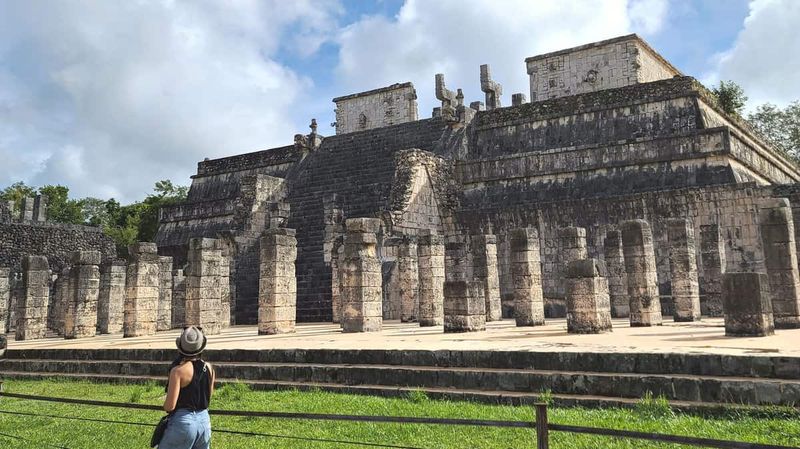
Ancient stone structures stand as testament to the incredible Mayan civilization that once dominated this region. Cancun offers easy access to Chichen Itza (2 hours away) and the nearby El Rey ruins, though they’re rarely the main attraction for visitors.
Tulum boasts its own clifftop Mayan ruins overlooking the Caribbean – a truly unique selling point that combines history with breathtaking views unmatched anywhere else on the coast.
13. Access To Cenotes And Adventure Activities
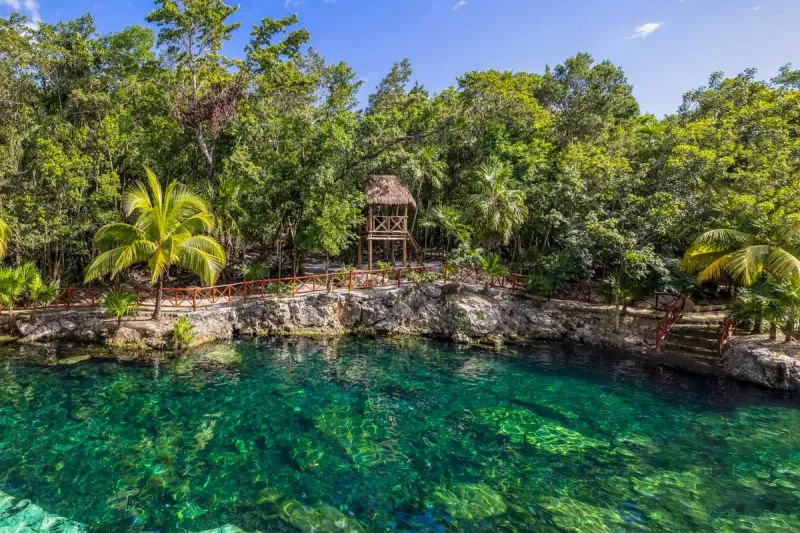
Mystical underwater caves beckon adventurous souls to swim in crystal-clear freshwater. Both destinations offer cenote experiences, but proximity makes a significant difference in accessibility.
Cancun requires longer day trips to reach the best cenotes, while Tulum sits amid the cenote belt with dozens of these natural wonders within a 15-30 minute drive. Some Tulum hotels even have their own private cenotes.
14. Day Trip Options And Excursion Availability
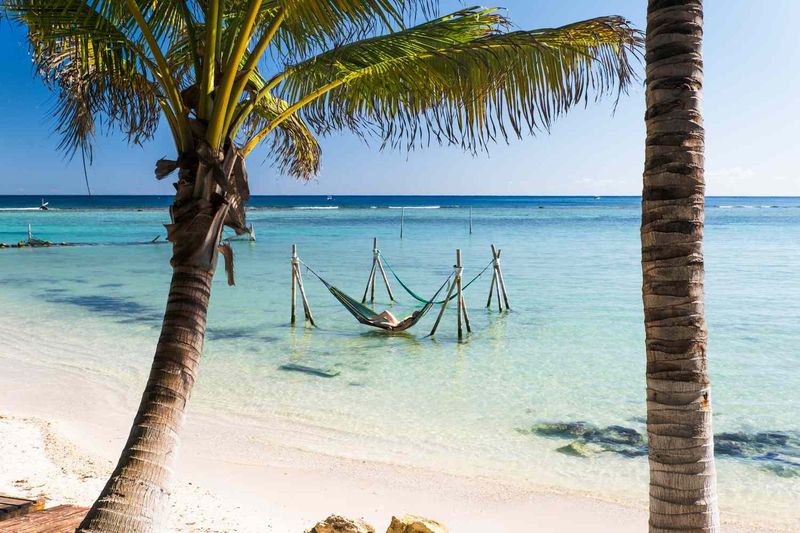
Adventure awaits beyond the main tourist zones for those willing to explore further afield. Cancun serves as an excellent hub for visiting Isla Mujeres, swimming with whale sharks (seasonally), and exploring underwater museums via organized tours.
Tulum provides easier access to lesser-known attractions like the Coba ruins, Akumal’s turtle bay, and the Sian Ka’an Biosphere. Many travelers appreciate the shorter transit times to these natural wonders.
15. Tourist Density And Noise Levels

Shoulder-to-shoulder sunbathers compete for prime beach real estate during high season in some areas. Cancun’s concentrated Hotel Zone creates a bustling, energetic atmosphere that never truly quiets, with music, activities, and announcements creating constant background noise.
Tulum spreads visitors across a larger area, resulting in less congestion and a more peaceful ambiance, though popular spots still get crowded during peak times.
16. Type Of Traveler Each Destination Attracts
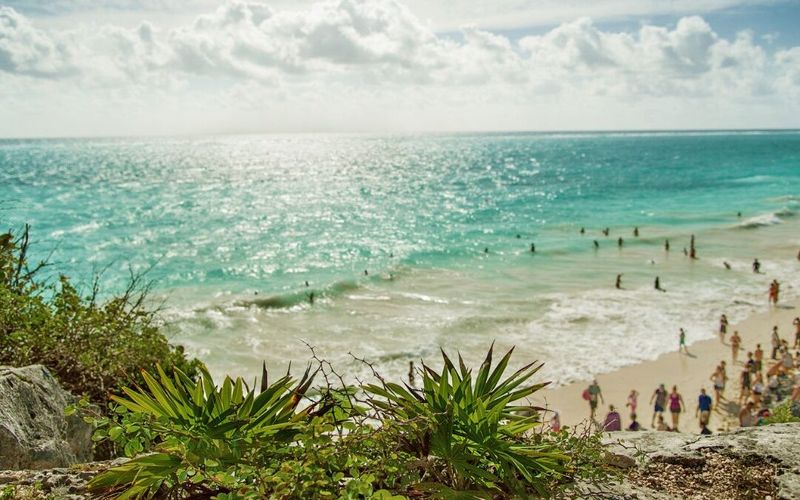
Vacation styles vary dramatically between these neighboring beach destinations. Cancun primarily attracts families seeking easy vacations, spring breakers, wedding parties, and those who prefer predictable, convenient experiences with familiar comforts.
Tulum draws a more specific crowd: wellness enthusiasts, yoga practitioners, digital nomads, influencers, and travelers seeking a more bohemian, eco-conscious experience with a fashion-forward, Instagram-worthy aesthetic.
17. Distance From Airport And Ease Of Getting Around
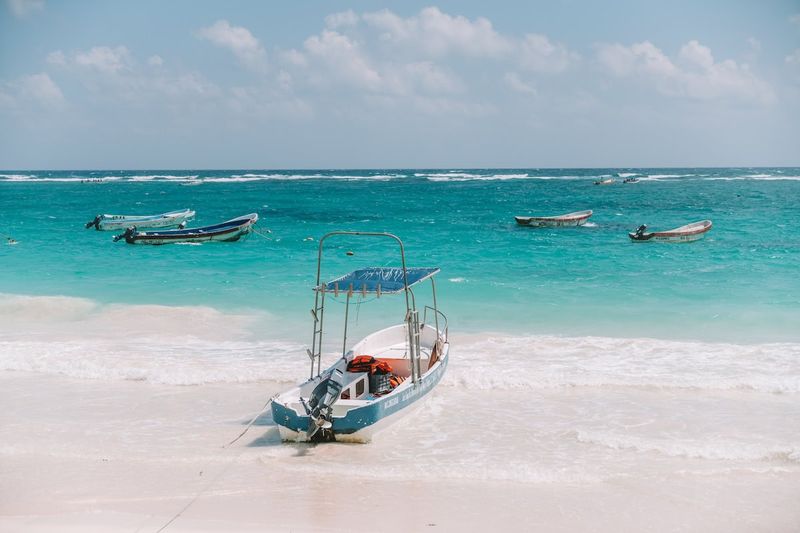
Transportation logistics can significantly impact your vacation experience from day one. Cancun’s Hotel Zone sits just 15-20 minutes from the international airport, with excellent public transportation, abundant taxis, and most amenities within walking distance of resorts.
Tulum requires a 90-minute drive from the same airport, with more limited transportation options once there. Many visitors rent cars, bikes, or scooters to navigate between the beach and town areas.
